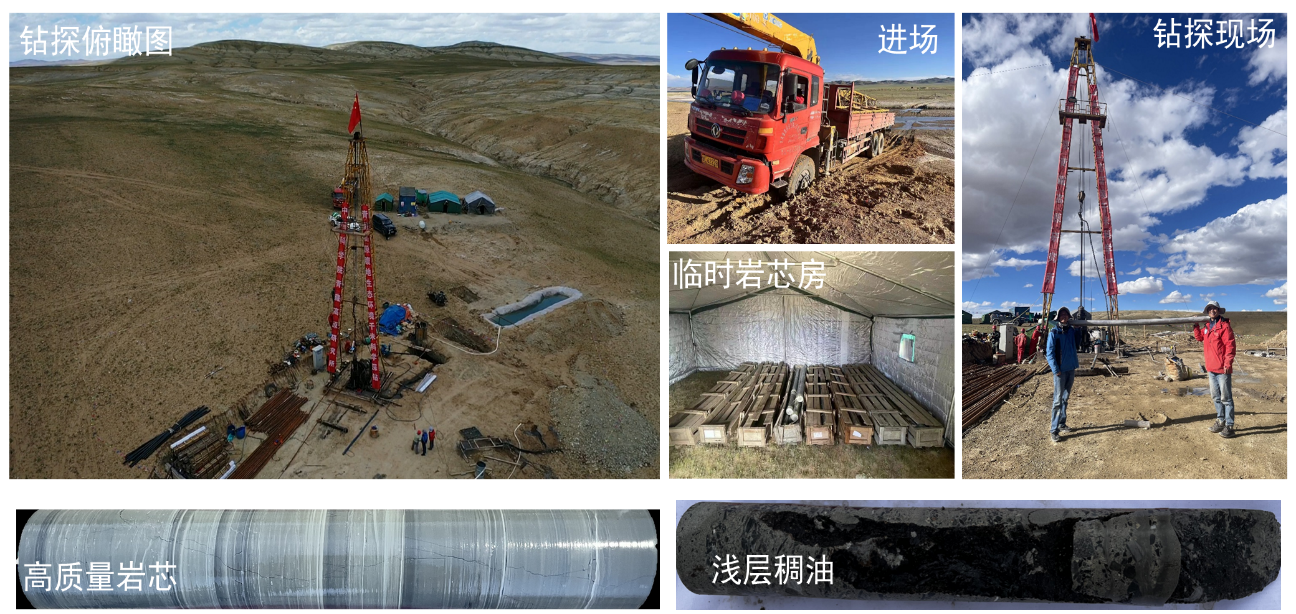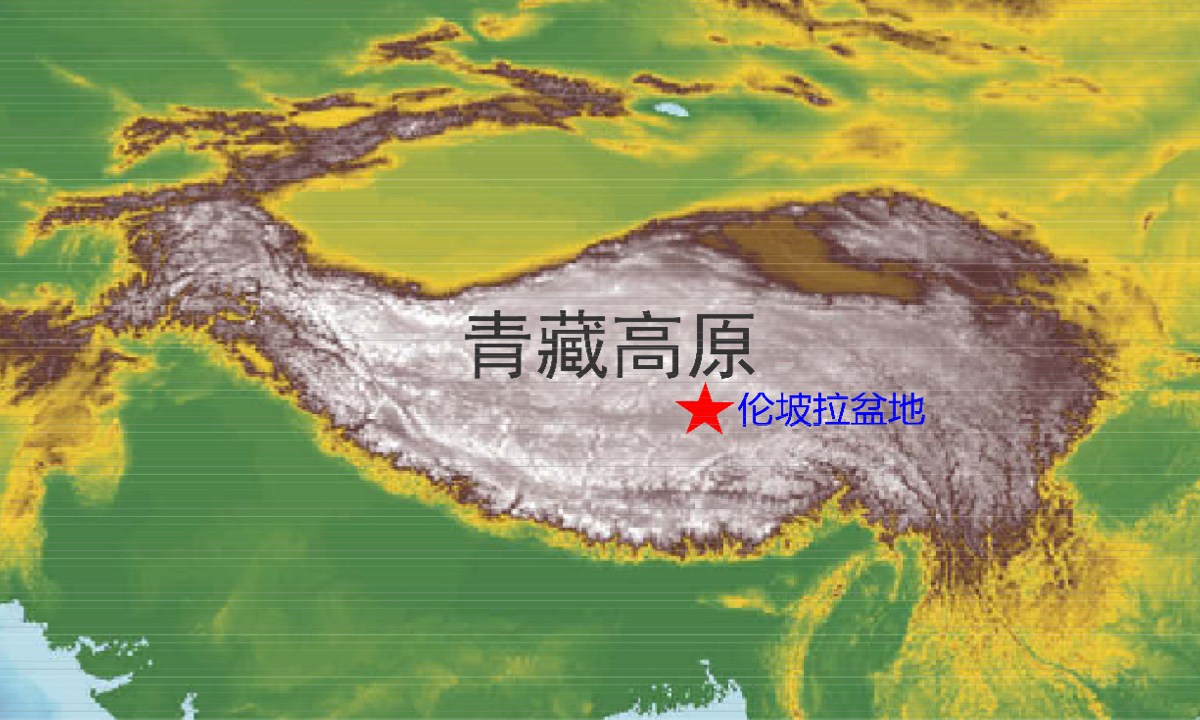

Photo: Courtesy of the Institute of Tibetan Plateau Research
A team led by Chinese academician Fang Xiaomin from the Institute of Tibetan Plateau Research (ITP) under the Chinese Academy of Sciences (CAS) has reached 750 meters, during their environmental science drilling in the Qinghai-Xizang Plateau, or the Tibetan Plateau, setting a new record, the Global Times learned from the ITP on Tuesday.
The project is currently ongoing in the Lunpola Basin with the goal of drilling beyond 1,000 meters, marking the first initiative of its kind on the Qinghai-Xizang Plateau, according to the ITP.
The Lunpola Basin is situated in the central part of the Qinghai-Xizang Plateau, with an average altitude of 4,600 meters. It contains the most continuous Cenozoic strata of the Qinghai-Xizang Plateau dating back to 55 million years and is the first oil-producing basin in the core area of the plateau.
Numerous fossils, such as tropical palm trees, camphor trees, golden rain trees, split-belly fish and climbing perch, as well as water spiders, have been unearthed, along with multiple layers of ancient soils and volcanic ash. These findings provide a detailed record of the uplift of the central Tibetan Plateau and the historical changes in climate and ecological environment, making it one of the key areas for studying the co-evolution of tectonics, climate, biology and ecology.
In previous research, scholars have reconstructed the ancient elevation history of the Lunpola Basin using various methods, including the analysis of fossils as well as the oxygen isotopes found in ancient soil carbonates. However, significant debate remains concerning when the basin reached its present elevation. The comprehensive understanding of the co-evolution of tectonic, climatic, biological, and ecological processes has yet to be fully established.

Photo: Courtesy of the Institute of Tibetan Plateau Research
In the past 20 years, Fang and his team have utilized the absolute dating of volcanic ash to establish a high precision paleomagnetic chronological sequence of the Cenozoic strata in the basin. They discovered that the Lunpola Basin has a distinct history of two phases of formation, evolution, and deformation: the early phase involved slow subsidence from approximately 42 million to 26 million years ago, while the later phase involved rapid uplift from about 26 million to 20 million years ago.
In the future, the research team plans to combine analyses from paleoclimate, paleobiology, and paleoecological environments, along with tectonics, sedimentology, and geochemistry, to reveal the history of the Asian monsoon's entry into the Qinghai-Xizang Plateau over the past 40 million years, the co-evolution of climate, environment, and biodiversity in the heart of the Qinghai-Xizang Plateau, as well as the formation processes of hydrocarbon source rocks and arid salt lake deposits. This will provide important scientific evidence for simulating and predicting the impact of global warming across the plateau, in addition to protecting its ecological environment, and guiding the exploration and development of hydrocarbon and salt lake resources, according to the ITP. (Global Times)

86-10-68597521 (day)
86-10-68597289 (night)

86-10-68511095 (day)
86-10-68512458 (night)

cas_en@cas.cn

52 Sanlihe Rd., Xicheng District,
Beijing, China (100864)

